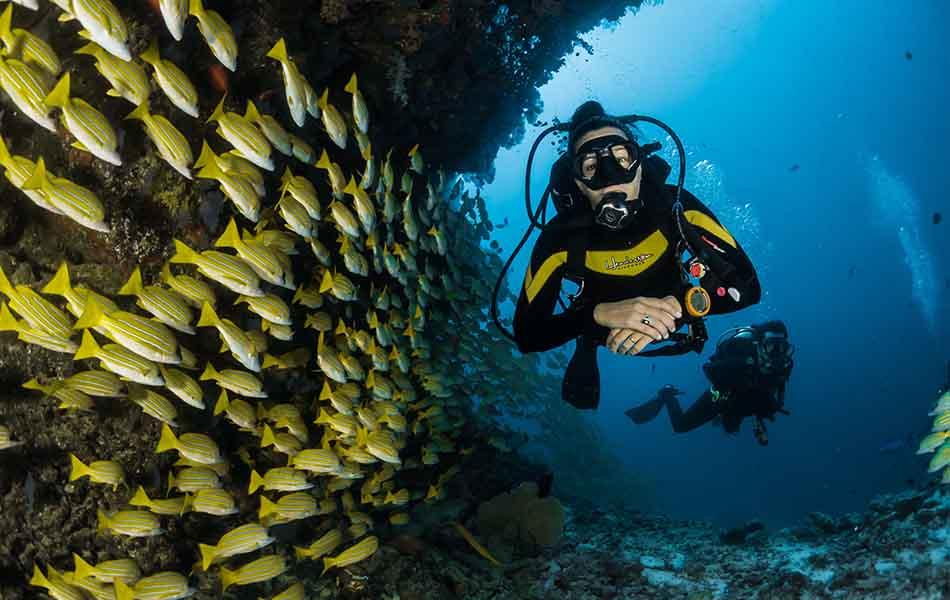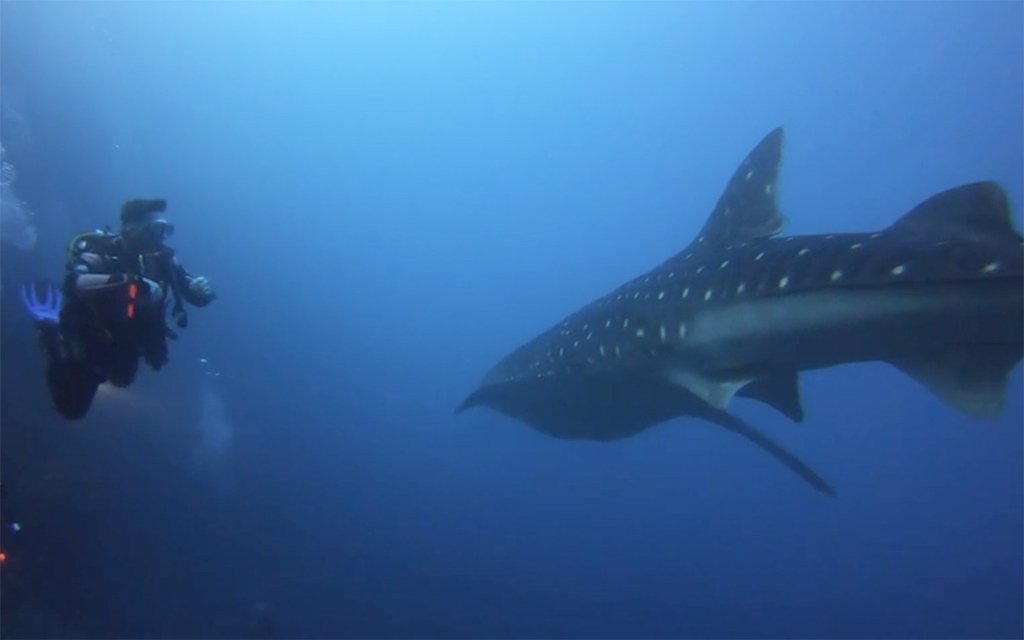
What’s on your dive travel bucket list for 2024? Maybe you are starting to plan that trip of a lifetime or want to see or experience something specific on your next diving holiday. Or perhaps you are looking to combine a relaxing break with the chance to boost your diving skills.
To help you decide, we look at some of the best diving destinations in 2024 that are guaranteed to satisfy your scuba curiosity!
Best place to see whale sharks - Mexico
Diving with large marine animals is a popular dive travel ambition and the stunning whale shark is, for many, top of the list. The largest fish in the ocean, whale sharks can measure more than 18m in length but despite their size they are gentle giants that spend their days filter-feeding on plankton.
As they travel vast distances to feed, whale sharks can be found in tropical oceans around the world. And one of the best places for a whale shark encounter is off the coast of Mexico.
With their unique spotted pattern across their giant backs and an enormous mouth held wide open to net their favourite food, the whale shark is a sight to behold. And if you are able to dive or snorkel, then being in the water with these magnificent creatures is a privilege indeed.
October to May is the best time to see whale sharks in Mexico, with La Paz, Baja California Sur, the Socorro Islands, Isla Mujeres and the Yucatan Peninsula topping the list. But be mindful that the whale shark is a protected species in Mexico, so you will need to check beforehand what regulations and restrictions may be in place.
Other destinations to consider: Philippines, the Maldives, Mozambique, Indonesia
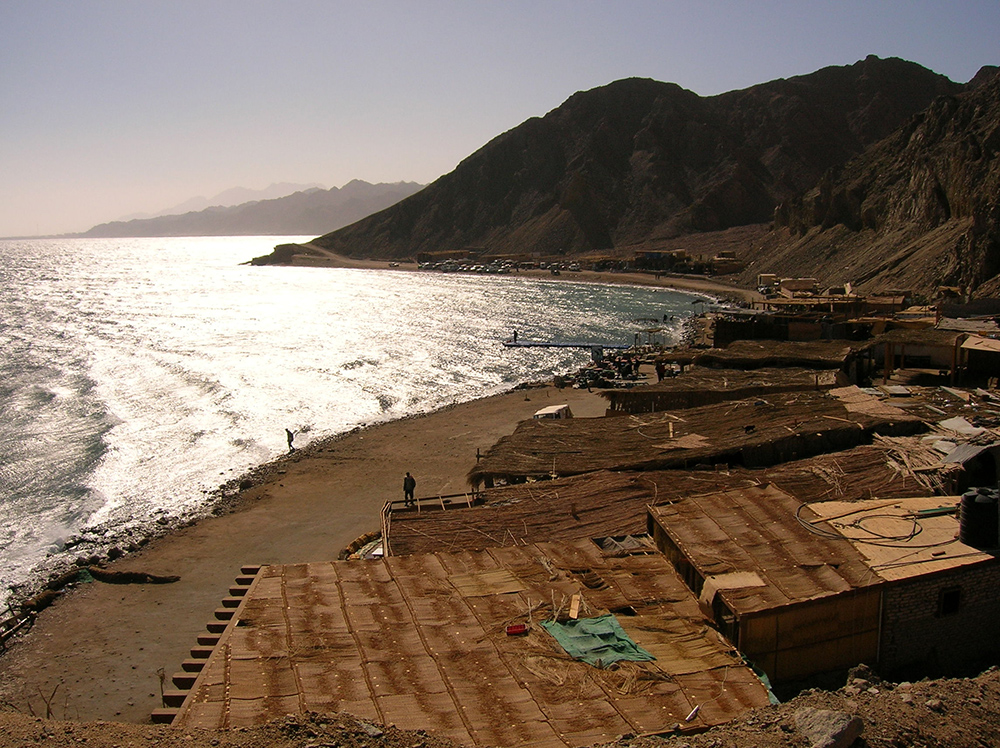
Best place to dive by the desert – Dahab, Red Sea
A desert isn’t the first thing you think of when planning a scuba trip but the Red Sea offers some quality ‘sand and scuba’ adventures. And the former Bedouin fishing village of Dahab, on the Sinai Peninsula, is the perfect choice if diving by a desert is a scuba holiday must-do.
With Mount Sinai and the Sinai desert its backdrop, Dahab is a laid-back, friendly resort just 80km northeast of the much livelier Sharm El Sheikh. Most of the diving in this desert oasis is straight from the shore, meaning you have accessible diving for all levels. And there are some iconic dive sites too, including the Blue Hole, Eel Garden and the Canyon, all teeming with marine and reef life.
For those fancying a bit more rust, day trips to Ras Mohamed and wrecks such as the Thistlegorm and the Yolande can be found. And after a hard day’s diving, what’s better than to settle back with a cold drink and experience an awesome desert sunset?
Other destinations to consider: Eilat (Israel), Aqaba (Jordan) and Oman.
Best place to explore remote islands – Cocos Island, Costa Rica
The uninhabited Cocos Island, around 340 miles off the Costa Rica mainland, is a shark lover’s paradise, with vast schools of scalloped hammerheads visiting throughout the year. Not only that, but you also get whitetips, silvertips, silky sharks and the occasional tiger shark, if you are lucky. Which makes the 36-hour journey via liveaboard to this UNESCO World Heritage Site more than worth it, especially if you have packed your underwater camera!
The remoteness of the Cocos Island and the deepness of its waters and rocky pinnacles means you can also expect to see many other large species, such as tuna, dolphins, turtles, marble rays and whale sharks as they pass by to feed. However, the strength of currents and frequent surges means that you need to be an experienced diver to get the most out of this
The only way to enjoy diving the Cocos is on a liveaboard, as only the rangers are permitted to stay on the island. Diving is year-round, with water temperatures ranging between 22-27 °C.
Other destinations to consider: Solomon Islands, Socorro Islands (Mexico) Galapagos, Borneo.
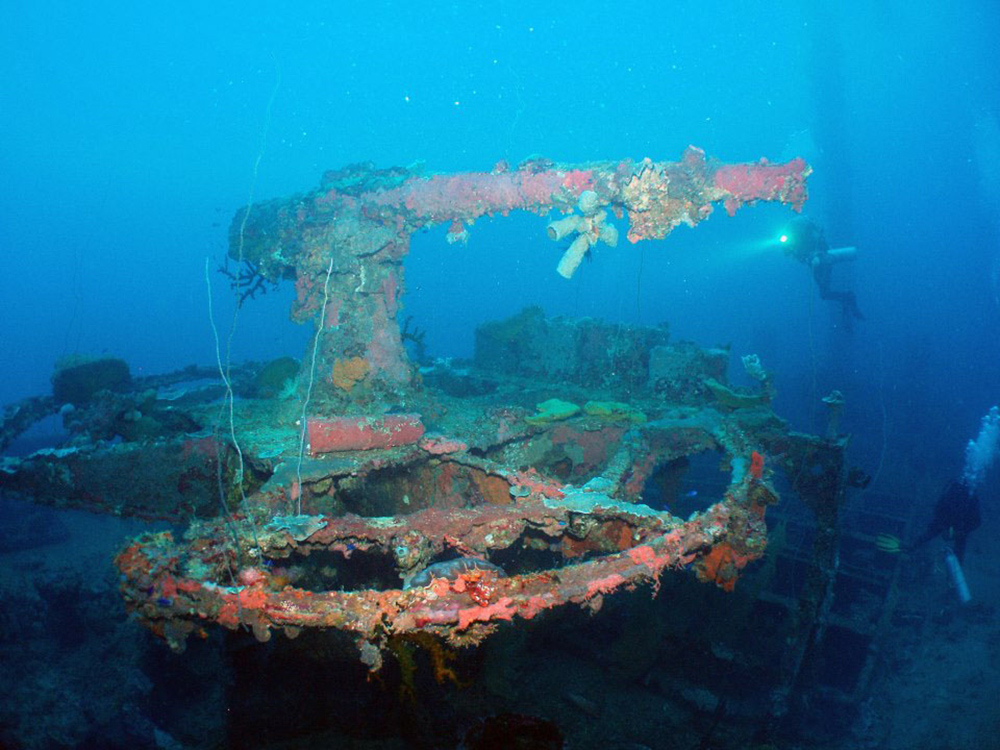
Best place to see big wrecks – Truk Lagoon, Micronesia
If big wrecks are your thing, then the long-haul flight to Truk (also known as Chuuk) Lagoon in Micronesia is more than worth your time. For your travel efforts, you will be rewarded with a tropical paradise 1,800km northwest of Papua New Guinea that is the resting place for more than 60 Japanese warships and planes.
Thanks to its strategic location, Truk Lagoon was used as a Japanese naval base during the Second World War. In 1944, the US and its Allies launched a ferocious aerial assault on the base that decimated the Japanese Imperial Fleet. Today, many of these sunken vessels lie in remarkable condition at depths between 30m and 70m, offering suitably qualified and experienced recreational divers as well as technical divers a dramatic insight into this ‘underwater museum’.
Diveable year-round, the best times are between December and April, where the water temperature is a balmy 28-29°C.
Other destinations to consider: Ras Mohammed (Egypt), Bikini Atoll, Bermuda, Florida Keys.
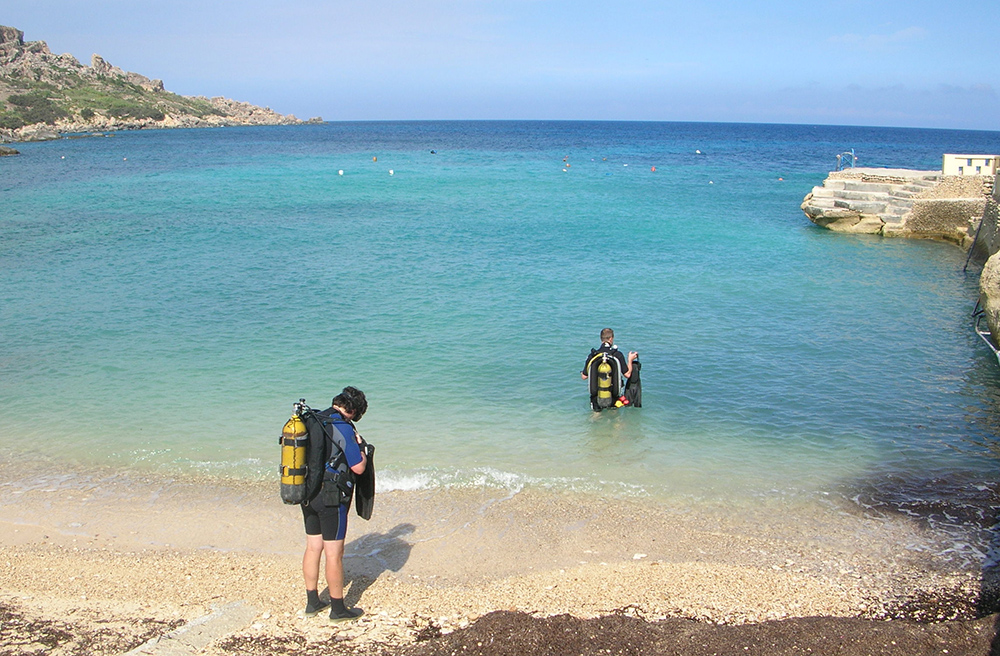
Best place to train overseas – Malta & Gozo
Just a short three-hour flight and you can be in one of Europe’s premier diving and training destinations – the Maltese archipelago. Which makes it perfect for a dive holiday combined with a learn to dive or progress your training trip.
Both the larger island of Malta and the smaller Gozo boast excellent diving and training facilities, with plenty of BSAC dive centres to choose from. And with most of the dive sites accessible from the shore plus a wide range of diving depths to choose from, this is a diving destination with something for everyone.
Wrecks, caves, reef walls, drop offs and stunning underwater topography to explore, all in the warm blue waters of the Med, Malta is a learn to dive paradise. And there are enough deeper wreck sites to entertain the more advanced or technical diver. And with a relaxed après dive vibe as well as a rich social and cultural life, Malta and Gozo have plenty to offer once the day’s diving is done.
Other destinations to consider: Red Sea, Lanzarote, Thailand.
Best place to dive with mantas – Maldives
Graceful and majestic, the sizeable manta ray is most commonly found in the Indian Ocean and the South Pacific. Credited with the biggest brains of all fish species, an encounter with a manta can be a thing of joy and many divers report how curious these magnificent creatures can be. So it is no wonder that being in the water with a manta is a regular feature on many divers’ bucket list.
With their acrobatic displays, mantas are also playful and often congregate in larger numbers, particularly when food is nearby. And of all the destinations, the Maldives boasts the title of being the largest manta feeding station in the world.
Lying in the Indian Ocean, this tropical paradise is made up of 26 coral atolls, with stunning reefs and healthy currents attracting manta rays all year round. And it is Hanifaru Bay in the Maldives’ Baa Atoll that is home to a feeding station which attracts around 5,000 manta rays May to November each year. You can expect up to 150 mantas feeding at any one time, giving snorkellers (divers are not allowed as it is a protected area) an experience of a lifetime.
To scuba dive with mantas, make your way to the south to Ari Atoll between September and May and not only can you see mantas, but you could also have a whale sharks encounter or two!
Other destinations to consider: Kona (Hawaii), Raja Ampat (Indonesia) Socorro Island (Mexico) and Galapagos.
Got the dive travel bug?
Then make the take advantage of the fantastic holiday discounts offered by BSAC’s Travel Partners and expand your scuba trip horizons in 2024!




